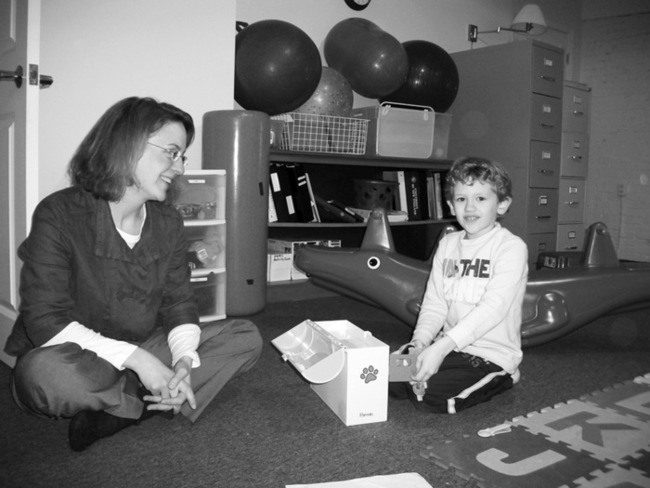After reading this chapter, the reader will be able to do the following: • Identify current issues facing the occupational therapy profession • Outline the centennial vision • Describe emerging practice areas • Discuss the value of evidence-based practice A vision leads the future direction of a profession or organization. The vision is developed with the members and constituents over time, and it clarifies values, creates a future, and focuses the mission. Visioning helps organizations “stretch the horizon,” develop a clear picture for the future,11 and develop goals and objectives. Thus, a vision helps organizations move forward in a clear direction by encouraging all participants to work toward the same goals; 2017 will mark the centennial year of the occupational therapy profession. After much discussion and input from members, constituents, and consumers, AOTA adopted the centennial vision.1 AOTA’s current vision statement is, “We envision that occupational therapy is a powerful, widely recognized, science-driven, and evidence-based profession with a globally connected and diverse workforce meeting society’s occupational needs.”1 The vision for the occupational therapy profession emphasizes evidence-based practice and the value of the diversity of clients and practitioners. It highlights the work that OT practitioners do to meet society’s needs and articulates the need for science to support practice. The centennial vision reflects the commitment to return to the roots of the profession: occupation (Box 4-1). Practitioners are encouraged to engage in occupation-based practice, focusing on helping clients re-engage in occupations, as opposed to focusing on specific component skills. The emphasis on occupation-based practice is prevalent in the occupational therapy literature, including the Occupational Therapy Practice Framework, standards for accreditation, conference programs, textbooks, and research publications. Educational programs have designed curricula around the uniqueness of occupation. Therefore, the trend to return to occupation remains a focus of research, education, and scholarly work.1,2,9,13 OT practitioners embrace the uniqueness of the profession by helping persons do what they wish to do. Furthermore, research supports the premise that engagement in the actual occupation is beneficial and leads to increased physical, psychological, and social benefits.2,6 Participation in occupations leads to increased motivation, generalization, and improved motor learning.2,6,9 2. Driver assessments and training programs 3. Community health and wellness 4. Needs of children and youth 6. Technology and assistive-device developing and consulting1,5 With advances in medicine and health care, Americans are living longer, and more older adults wish to remain in their homes and live independently (or with minimal support). This trend toward staying in the home is termed aging in place.10 The OT practitioner offers a wide range of services to older individuals to allow them to remain at home and continue to be active in their community; these services include home modification, consultation, energy conservation, education, and remediation. Safety in the home includes the ability to manage medications, access emergency numbers, carry through with emergency procedures, show adequate judgment and cognition for daily living (e.g., cooking safety), demonstrate physical safety in the home, and the ability to safely protect oneself from strangers. Not only does the practitioner evaluate the client’s skills, abilities, and safety in the home, but the OT practitioner also examines the support systems in place for the client (Box 4-2).
Current Issues and Emerging Practice Areas

Centennial Vision
Occupation
Emerging Areas of Practice
Aging in Place
![]()
Stay updated, free articles. Join our Telegram channel

Full access? Get Clinical Tree


Current Issues and Emerging Practice Areas
